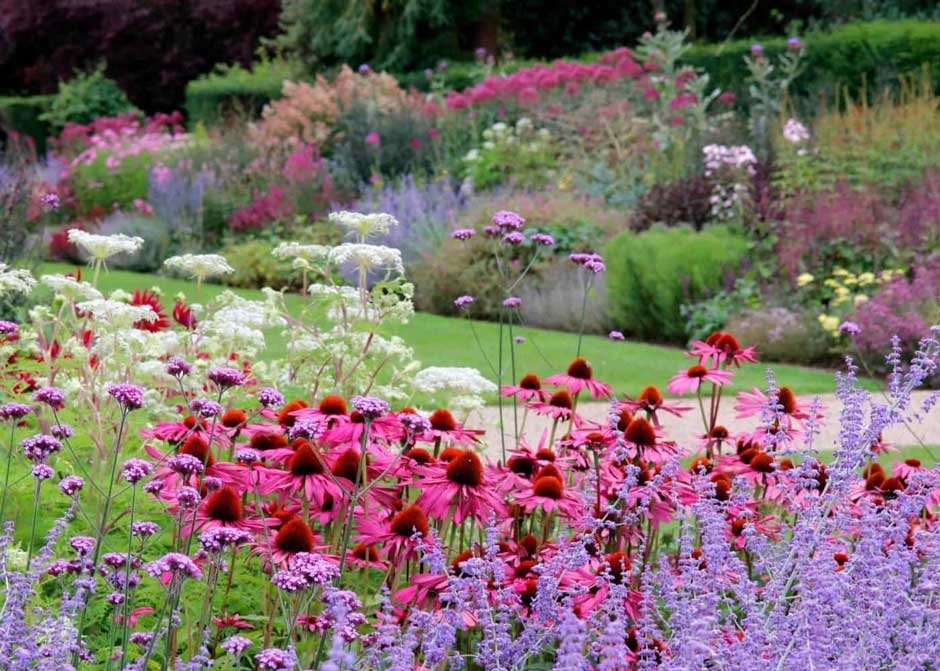Planting wildflowers is an excellent way to beautify your garden. The flowers burst with color, attract bees to pollinate them, bring butterflies into the atmosphere, and make for stunning surroundings. While starting this flower garden isn’t difficult, it’s important to understand everything it requires so you’re gardening the right way. Here’s your beginner’s guide to wildflower gardening at home:
-
Choose the Right Space
Wildflowers need plenty of sunlight. It’s best to choose an area that gets enough light, ideally up to six hours a day. You can choose to plant the flowers in your backyard or carve out an interesting corner such as your balcony, where the flowers will thrive. Once you have a spot, get ready to build your colorful oasis.
-
Prep Your Soil
Having everything you need beforehand is essential to a successful planting process. Before preparing your soil, ensure you have the wildflower seeds, potting soil, and your watering can. Also, amend your soil with fertilizer as it will help your flowers grow well.
When buying fertilizer, consider organic options. These choices will help you limit plant exposure to chemicals while looking out for animals. Organic fertilizers offer just the right amount of nutrients for your wildflowers and won’t overdo it like their harsh counterparts. Don’t forget to select a large enough container to accommodate your seeds.
-
Choose Your Flowers Accordingly
Wildflower seeds are available in different varieties. Even so, it’s essential to choose pollinator-friendly flowers. For instance, Bee Balm and Aster are great planting options. Go for a mix of perennials and annuals to ensure something is always blossoming in your garden. Native wildflowers are also a great option for pollination as they attract insects. You’re looking for this, to help your wildflowers thrive.
-
Water, Water, Water!
The secret is watering your wildflowers regularly, but don’t overdo it. Too much water will leave your soil over-saturated and lead to disease-causing fungi. Before watering again, always check the leaves. Yellowing leaves indicate too much water and wilting leaves indicate a lack of moisture.
-
Check Your Depths
Every wildflower species comes with specific planting instructions. There’s no winging it here! Follow the given planting instructions to the latter to determine how deep the roots should go into the ground. Shallow planting results in poor germination while planting too deeply can lead to rot. A pro tip is to soak the seeds in water overnight before planting to make the process easier.
-
Go Slowly But Surely
Don’t do it all at once. Start with the smallest area and continue working your way up as you gain planting knowledge and experience. Some points may seem confusing in the beginning but you’ll get the hang of it through a bit of trial and error. Challenge yourself by adding new species to your collection after a couple of months and watch your garden come to life!
-
Plant in Groups
Wildflowers are more appealing in clusters of 3 to 7. As the flowers bloom quickly, it’s important to maintain these clusters. Shaking the seeds randomly will have wildflowers growing all over the place. To avoid this mess, be keen during planting.
-
Don’t Forget About Support
Perennials like Trellis or Stake are large and providing support will ensure they grow well despite their size and weight. These flowers will get even heavier after it rains and thus can break easily. The right kind of support is essential for them to thrive.
-
Have a Water Feature
A wildflower garden will attract nature around your home. Choosing the right plants is as essential as having a water feature for them. A bird bath or small pond will not only attract pollinators but also make your garden more sustainable.
-
Think About the Future
When planting wildflowers, think of possible environmental changes and how they would affect the flowers. Factor in the blooming time so you’ll know when to look out for perennials. Plant the flowers knowing what to expect in spring and summer, and you’ll have something blooming in each season. If you’re not sure how to find this information, check your specific seed packet to find out how long they take to germinate.
Plant Away!
Planting a wildflower garden is a beautiful experience for both you and pollinators. It will create a habitat for animals and insects that are so important to our ecosystem. Plus, it’s fun watching your garden bloom into the magic that it will be. With these tips, your wildflower garden will beautifully bloom and become sustainable. What are you waiting for? Let’s get your wildflowers going!

